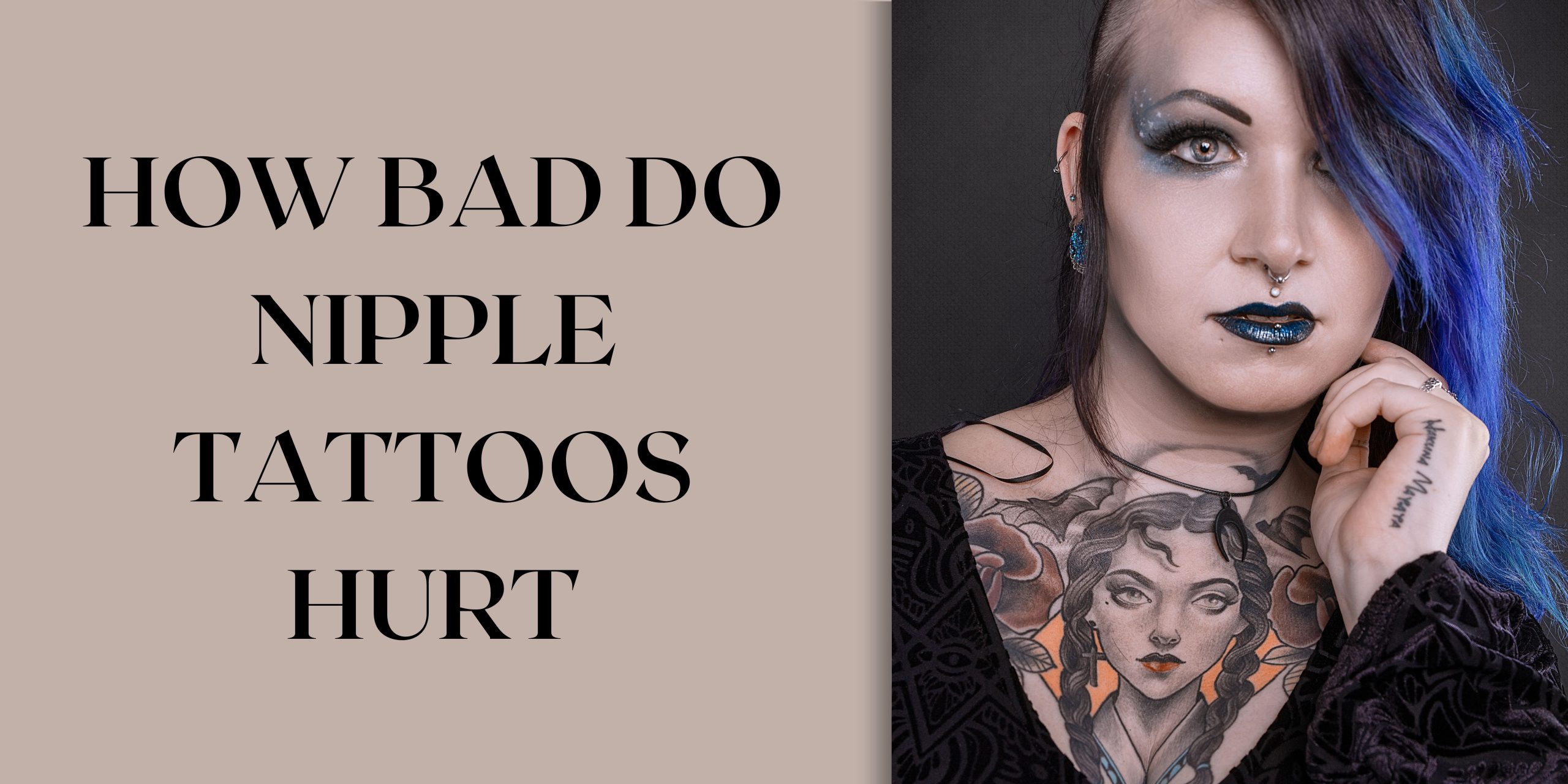Nipple tattoos have gained popularity as a means of self-expression and empowerment. However, one question that often arises is, “How bad do nipple tattoos hurt?” It’s essential to explore this topic to help individuals gain a better understanding of what to expect. By examining factors that influence pain perception and discussing effective pain management techniques, we can navigate the world of nipple tattoos with confidence and minimize discomfort.
how bad do nipple tattoos hurt
The perception of pain can vary greatly from person to person, so it’s challenging to provide a definitive answer. However, it’s worth noting that the nipple area is generally considered to be a sensitive part of the body, so it can be more uncomfortable compared to other tattoo placements.
The pain experienced during a nipple tattoo will depend on several factors, including an individual’s pain tolerance, the specific technique used, the size and intricacy of the design, and the skill of the tattoo artist. Some people may describe the sensation as more intense or sharp due to the sensitivity of the area.
To mitigate discomfort, tattoo artists may use various techniques such as applying a topical numbing cream or using smaller needles to minimize pain during the process. Additionally, taking deep breaths, practising relaxation techniques, or distracting oneself can also help alleviate the discomfort.
If you’re considering getting a nipple tattoo, it’s always a good idea to consult with a professional tattoo artist who can provide you with more personalized insights and advice based on their experience. They will be able to discuss your concerns, assess your pain tolerance, and offer suggestions to make the experience as comfortable as possible
if you want to decrease your tattoo pain or you want to relieve your pain. you can use an ice pack on the tattoo. it helps you.
Factors Affecting Pain Perception
Pain tolerance varies from person to person, influenced by factors such as genetics, previous experiences, and mental state. When it comes to nipple tattoos, the sensitivity of the area itself can contribute to heightened discomfort. Additionally, the technique used, including needle size and pressure, as well as the complexity and size of the design, can impact pain levels. Furthermore, the skill and experience of the tattoo artist play a crucial role in minimizing discomfort during the process.
Read More: Can You Pray with a Tattoo in Islam?
Pain Management Techniques
Fortunately, there are various techniques to manage pain during nipple tattooing. Tattoo artists may apply topical numbing creams or gels to dull the sensation. Distraction techniques, such as engaging in conversation or listening to music, can help divert attention away from the pain. Deep breathing exercises and relaxation techniques can also be beneficial in reducing anxiety and discomfort. Maintaining open communication with the tattoo artist allows for breaks when needed and ensures that the process proceeds at a pace comfortable for the individual.

Personal Experiences and Perspectives
Understanding the experiences of individuals who have undergone nipple tattooing can provide valuable insights. Pain thresholds vary widely, with some individuals reporting mild discomfort while others describe it as more intense. Engaging with online forums and communities dedicated to discussing tattoo experiences can offer a range of perspectives, helping individuals gain a better understanding of the potential pain involved.
Tips for Minimizing Discomfort To minimize discomfort during nipple tattooing, it is crucial to research and select a reputable and skilled tattoo artist. Consultations prior to the procedure are essential, allowing individuals to express concerns and ask questions about pain management strategies. Following proper aftercare instructions provided by the artist promotes optimal healing and reduces post-tattoo discomfort. Maintaining a positive mindset and staying relaxed during the process can also contribute to a more comfortable experience.
Conclusion
Understanding the pain associated with nipple tattoos is a subjective and complex matter. Factors such as individual pain tolerance, sensitivity of the nipple area, and tattooing techniques all contribute to the experience. By employing effective pain management techniques, such as numbing creams, distractions, and open communication with tattoo artists, individuals can navigate nipple tattooing with greater comfort and confidence. Remember, pain levels may vary, but by approaching the process with knowledge and preparedness, one can enhance their overall tattoo experience.







